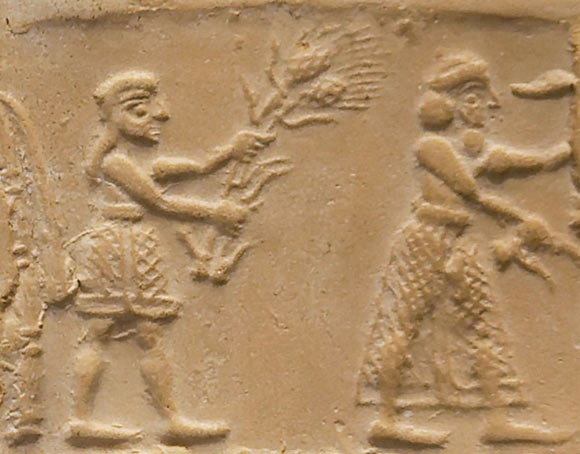Now Reading: Rivers and Tides Shaped Ancient Sumer’s Rise, Say Archaeologists
-
01
Rivers and Tides Shaped Ancient Sumer’s Rise, Say Archaeologists
Rivers and Tides Shaped Ancient Sumer’s Rise, Say Archaeologists

Swift Summary
- New research explores how tidal dynamics influenced agriculture and sociopolitical complexity in ancient Sumer, 5,000 years ago.
- The study reveals that dependable tidal freshwater flow into the Tigris-Euphrates delta shaped early civilization practices, enabling high-yield farming using short canals before large-scale irrigation.
- From 7,000 to 5,000 years ago, the Persian Gulf stretched farther inland.As deltas formed and tides receded from interior areas, ecological and economic crises prompted extensive infrastructure advancement for irrigation and flood protection during Sumer’s golden age.
- Researchers find connections between environmental changes and cultural developments in Sumerian myths of floods and their water-centered pantheon.
- Rapid environmental shifts led to inequality, political consolidation, pioneering urban models of governance, and social experimentation at sites like Lagash.
- The interdisciplinary study combined landscape data analysis with samples from ancient archaeological sites to reconstruct historical coastlines of Mesopotamia.
- Published findings underline lessons on the role of environmental crises in spurring societal reinvention.
Image:
!Cylinder seal impression from Uruk period (3100 BCE). Image credit: Louvre museum
Indian Opinion Analysis
The findings shed critical light on how resource management shaped human civilization’s earliest urban societies – a lesson particularly resonant for India as it navigates growing environmental challenges. Ancient Sumer showcases an adaptive model where ingenuity transformed ecological constraints into agricultural opportunities while tying such transformations to deeper cultural narratives.
For present-day India grappling with issues like water scarcity or sustainable farming practices amid rising populations, this study reinforces the importance of proactive infrastructure adaptation rooted in natural cycles. It also demonstrates historically how severe crises frequently enough trigger innovative solutions while reshaping social hierarchies.
Furthermore, as India’s rich archaeological heritage continues uncovering complex connections between landscapes and civilizations (e.g., Indus Valley), studies like this encourage interdisciplinary approaches combining science with history-centric research.Beyond emphasizing past resilience strategies worldwide-including India’s historical ties with river-based economies-such works serve modern policy frameworks seeking harmony between nature-driven development models and sustainable growth.



























